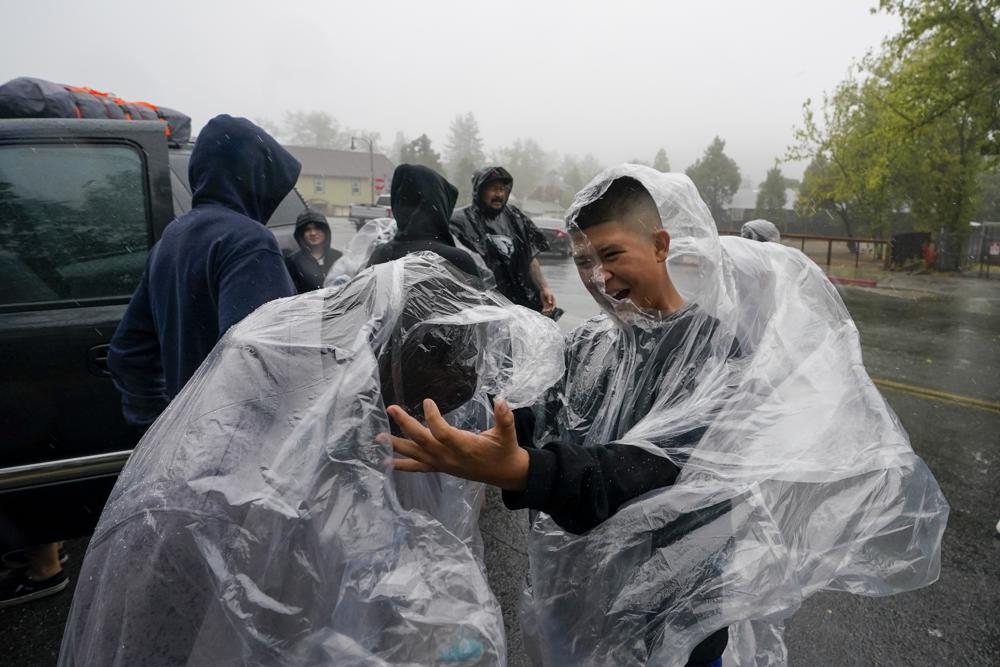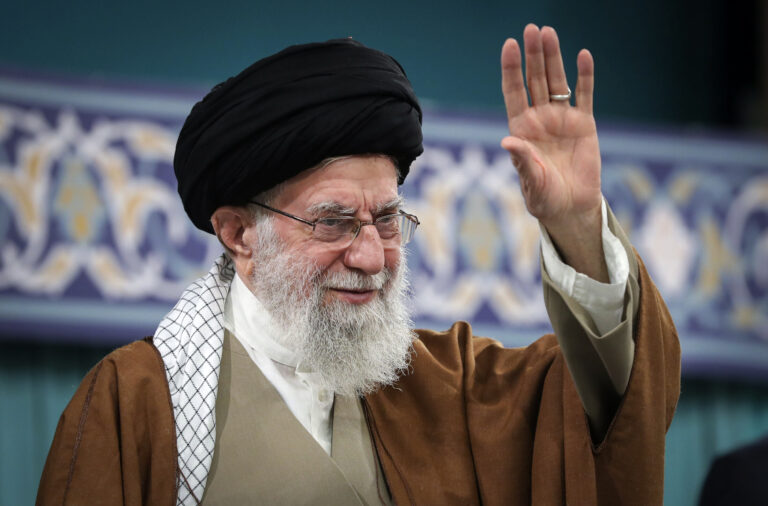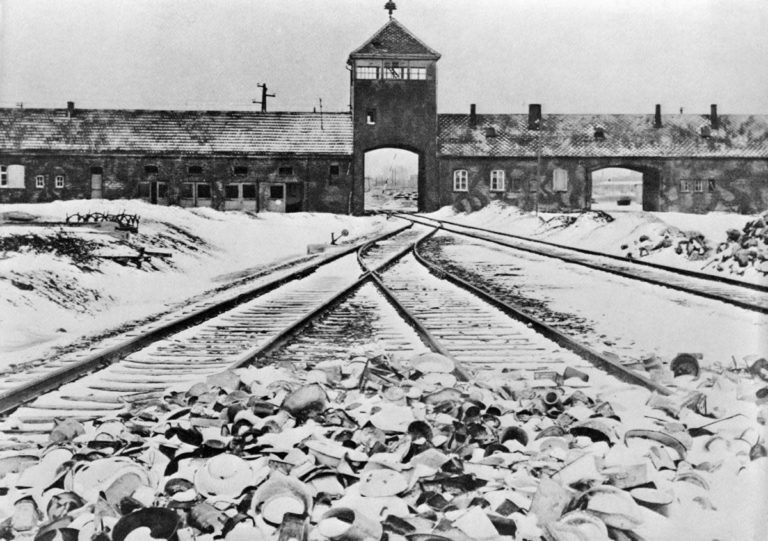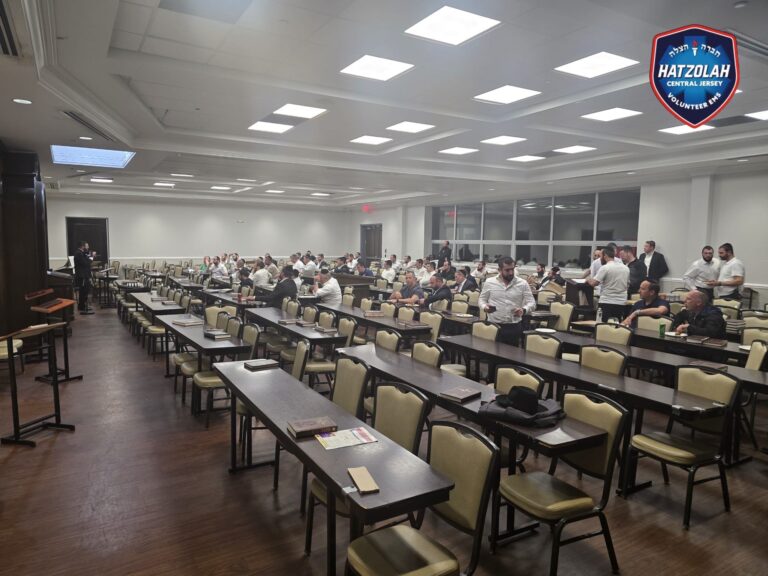Southern Californians welcomed cooler temperatures and spotty rain Saturday from a tropical storm veering off the Pacific Coast days after a relentless heat wave nearly overwhelmed the state’s electrical grid.
Officials braced for flooding in coastal and mountain areas from the storm and feared powerful winds could expand the massive Fairview Fire about 75 miles (121 kilometers) southeast of Los Angeles. But minimal flooding was reported early Saturday and crews made significant progress on the fire and said they expected full containment on Monday. More than 10,000 homes and other structures have been threatened by the blaze.
The National Weather Service forecast an end to the grueling heat wave in the Los Angeles area Saturday though heat and wind advisories remained in effect through the evening, and warned of possible flooding in mountain areas and some beach communities. In San Diego County, inland areas such as Mt. Laguna and Julian received several inches of rain while coastal communities got less than an inch, the National Weather Service reported.
With flooding possible, officials in coastal cities posted warning signs and made sandbags available to the public. In Orange County’s Seal Beach, a beach parking lot had minor flooding Friday from the high tide, authorities said.
Hurricane Kay made landfall near Mexico’s Bahia Asuncion in Baja California Sur state Thursday, but it quickly weakened into a tropical storm by the time it reached Southern California. The tropical conditions added a swelter to the heat wave that saw temperatures soar past 100 degrees Fahrenheit (38 degrees Celsius) in many parts of California this week.
Some residents welcomed the respite from unusually high temperatures.
“The heat was killer, so for now this feels good,” Charles Jenkins said as rain fell Friday in San Diego.
While firefighters made progress against the Fairview Fire, the fast-moving Mosquito Fire in the foothills east of Sacramento grew overnight to at least 51 square miles (134 square kilometers) and threatened 3,600 homes in Placer and El Dorado counties, while blanketing the region in smoke. Structures have burned in the mountain hamlet of Volcanoville and more than 5,700 people in the area have been evacuated, authorities said.
September already has produced one of the hottest and longest heat waves on record for California and some other Western states. Nearly 54 million people were under heat warnings and advisories across the region this week as temperature records were shattered in many areas.
California’s state capital of Sacramento hit an all-time high Tuesday of 116 degrees (46.7 C), breaking a 97-year-old record. Salt Lake City tied its all-time high temperature Wednesday at 107 degrees (41.6 C).
On Tuesday, as air conditioners whirred amid the stifling heat, California set a record for power consumption and authorities nearly instituted rolling blackouts when the electrical grid capacity was at its breaking point.
Scientists say climate change has made the West warmer and drier over the last three decades and will continue to make weather more extreme and wildfires more frequent and destructive. In the last five years, California has experienced the largest and most destructive fires in state history.
On Saturday, fire officials said they’d been unable to corral any part of the Mosquito Fire so far. It has burned near the town of Foresthill, home to about 1,500 people, where David Hance slept on the porch of his mother’s mobile home when he woke up to a glowing red sky early Wednesday morning and was ordered to evacuate.
“It was actually fricking terrifying, cause they say, ‘Oh, yeah, it’s coming closer,’” he said. “It was like sunset in the middle of the night.”
Smoke from the wildfire has spread for miles. In the San Francisco Bay Area, air quality regulators extended a smoke advisory through Saturday, while organizers of the Tour de Tahoe canceled the annual 72-mile (115-km) bicycle ride scheduled Sunday around Lake Tahoe because of the heavy smoke from the blaze — more than 50 miles (80 km) away. Last year’s ride was canceled due to smoke from another big fire south of Tahoe.
The Mosquito Fire’s cause remained under investigation. Pacific Gas & Electric said unspecified “electrical activity” occurred close in time to the report of the fire on Tuesday.
(AP)











